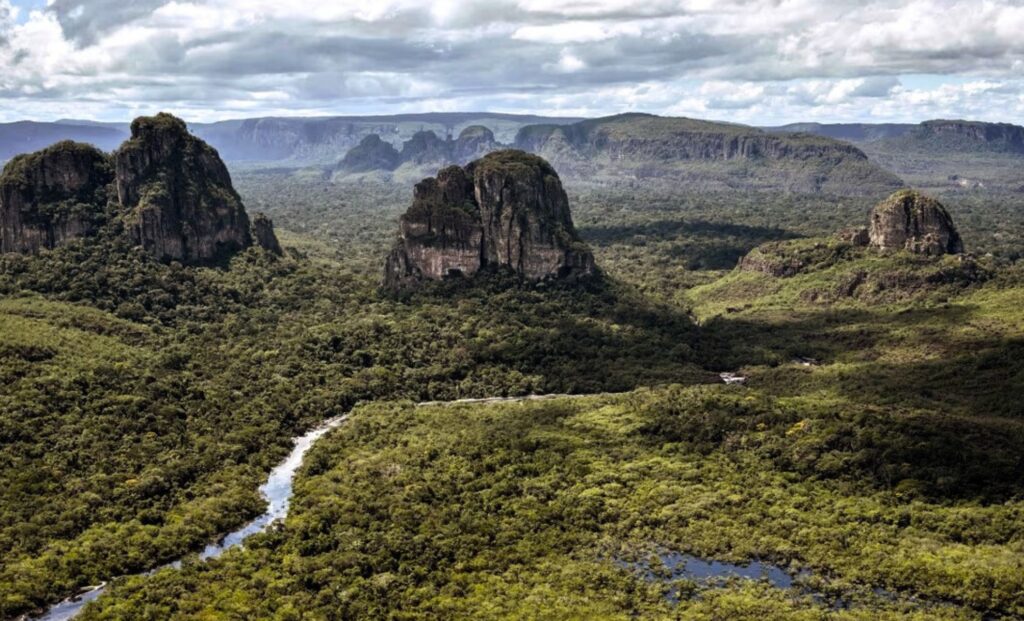A remarkable discovery in the Bogotá Altiplano region of Colombia has offered new insight into the ancient populations that once roamed the Americas. Researchers studying human remains have uncovered a group of individuals who lived as long as 6,000 years ago. What makes this discovery especially significant is the genetic data: these ancient people have no known genetic ties to other populations, past or present. The finding raises new questions about early human migration in South America.
Unearthed Remains in the Bogotá Altiplano
The research, led by Andrea Casas Vargas, a scientist at the Universidad Nacional de Colombia, published May 30 in the journal Science Advances, focused on remains that were discovered in the Altiplano, a high plateau in central Colombia. The study was aimed at mapping the migration patterns of early nomadic hunter-gatherers, but the results were unexpected.
The 21 individuals whose remains were analyzed lived in the region approximately 6,000 years ago. Upon sequencing their genomes, the researchers found that none of these individuals shared DNA with any modern or ancient populations known to science.
“This study is very important because it is the first to sequence complete genomes in ancient samples from Colombia,” Casas Vargas said. “We were very surprised to find that the remains did not share DNA with other people in the genetic record.”
The genetic profiles of these individuals are entirely unique, which makes them an anomaly in the broader understanding of early human migration in the Americas.
The Role of Colombia in Early Human Migration
The discovery in the Bogotá Altiplano adds a crucial layer to understanding the early peopling of South America. According to Casas Vargas, this region is especially important because of its geographical location as an entry point to the continent.
Previous research has identified two major lineages of Native American populations — the northern and southern groups — which are believed to have spread across the Americas following the migration of people from Siberia. However, the remains uncovered in Colombia do not fit into either of these lineages, suggesting that the area may have been home to a previously unknown population.
Christina Warinner, a professor of scientific archaeology at Harvard University, emphasized the significance of the find: “Colombia is a key region for understanding the peopling of South America… but until now, it has been a blank spot in ancient DNA studies of the Americas.”
The discovery highlights the region’s pivotal role in the development of both North and South American populations. Warinner also noted that these findings point to the deep history of population mixing and migration in the Americas.

Surprising Gaps in the Genetic Record
The findings raise intriguing questions about why this unique population disappeared. While researchers have long known of migrations that shaped the Americas, the Colombian remains suggest that there might have been additional waves of people or isolated groups whose stories have not yet been fully understood.
“We are not certain what happened at that time that caused their disappearance, whether it was due to environmental changes or if they were replaced by other population groups,” Casas Vargas explained.
Further investigations will be essential to piece together the larger narrative. The team plans to extend their research by seeking out additional archaeological remains from other regions in Colombia. By analyzing these remains at the genetic level, they hope to build a more complete picture of early human migration in the Americas. Casas Vargas noted that these future investigations could provide vital insights into the complex history of human settlement in the region.

